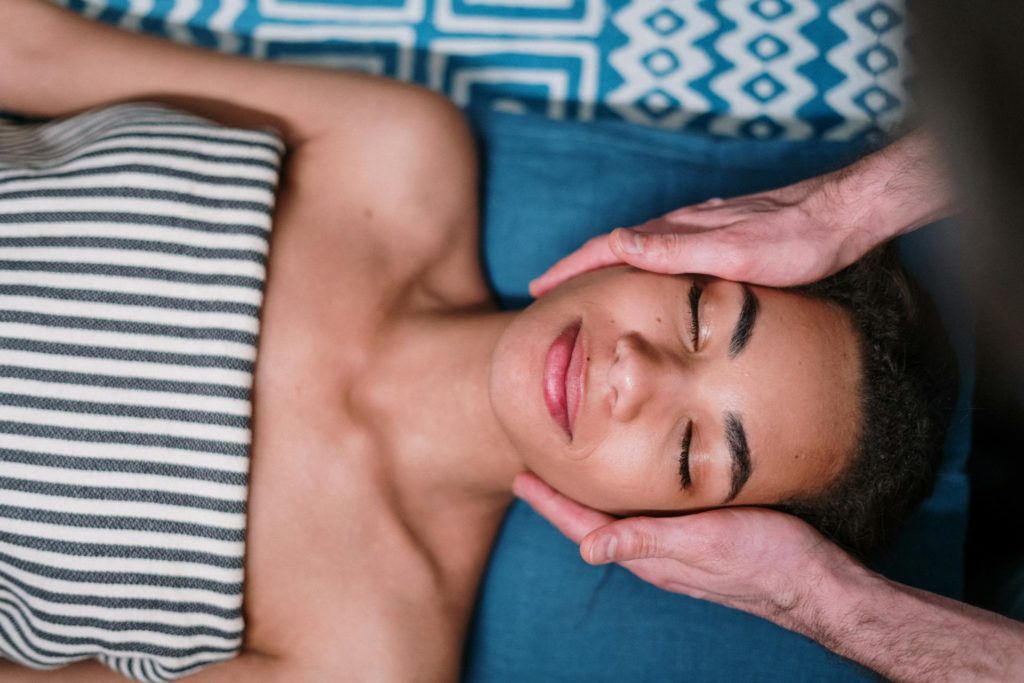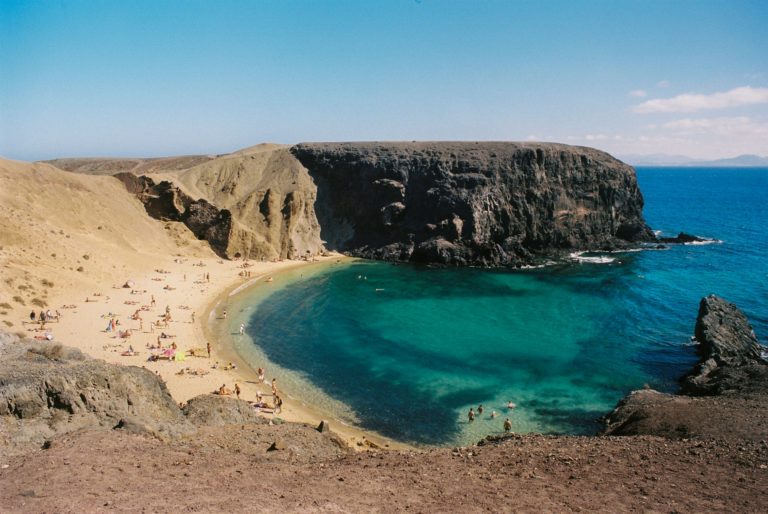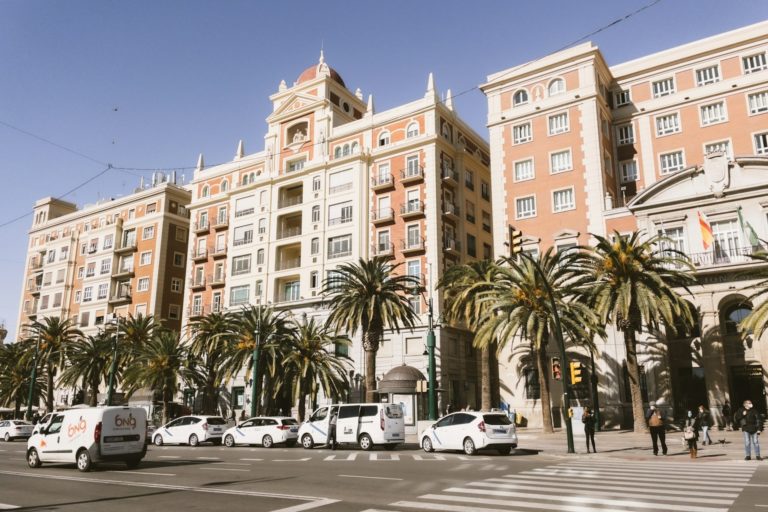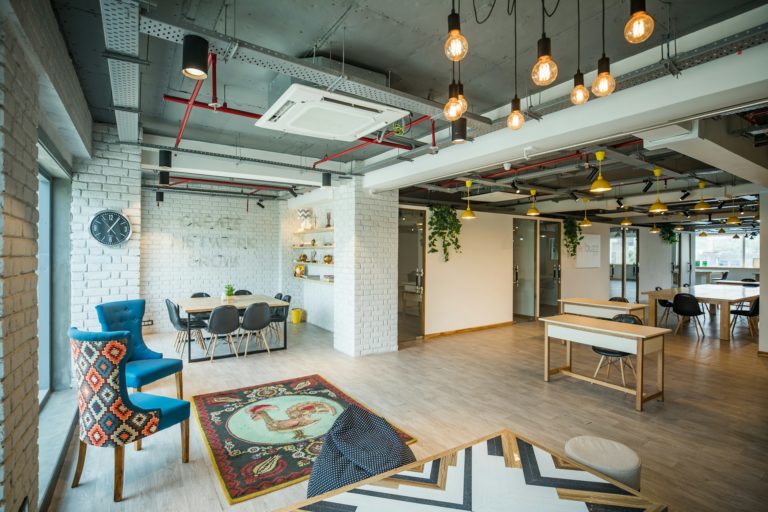
Traditionally synonymous with exclusivity and distinction, the luxury industry now faces a new challenge: massification. The challenge is how a brand can sustain its sense of exclusivity as its products become more accessible to a wider audience. Historically, luxury items were available to a select few, but the landscape has shifted. Today, more consumers are investing in high-end goods. For instance, Hermès, renowned for its prestigious fashion, currently has a valuation of $199 billion, surpassing Nike’s $155 billion by 28%. This remarkable valuation underlines the brand’s success in navigating the fine line between maintaining exclusivity and meeting increasing demand.
This shift seems to be driven by younger consumers. As highlighted in a previous article on luxury real estate investments, Generation Z (born after 1995) and Generation Alpha (born after 2010) are expected to drive spending on high-end products by 2030, representing one-third of the market with a buyer pool expanding from 400 to 500 million.
Strategies for Maintaining Exclusivity
For luxury brands aiming to maintain exclusivity, the focus is shifting to offering unique, customized experiences. According to EHL Hospitality Business School, which specializes in hospitality research and training, successful luxury brands are creating bespoke experiences to attract a targeted clientele with whom they can build meaningful relationships.
Consider the example of AP House on Bahnhofstrasse in Zurich. This historic building, originally the Leu Bank and now a city landmark, has been transformed by Audemars Piguet into an intimate space for luxury shopping and social events. The firm, famous for its handcrafted, designer, and limited-edition pieces, aimed to maintain a conservative and sophisticated image by preserving the marble columns, decorative wall elements, and floor mosaics. It also chose to keep the old counter room, celebrated as one of the most beautiful in the country, in its original form. The building’s niches have been converted into private rooms for VIP client meetings, while the lounges host exclusive artistic and gastronomic events for a select group of guests.
This focus on privacy adds to the exclusivity of the experience of buying a high-end watch. At the same time, Audemars Piguet is adapting to contemporary trends by maintaining an active presence on platforms like TikTok, adapting to new consumer relationships without diminishing its prestige.
Balancing Exclusivity in Luxury Tourism
Similarly, luxury tourism must cater to a diverse clientele eager to post their experiences on social media and also to the more reserved guests seeking discreet, memorable moments within exclusive settings. Achieving this balance involves:
Personalization
Whether it’s a private yacht in the Mediterranean or a cultural tour of Paris, the experience should be tailored to reflect the client’s individual preferences. The goal is to make each experience feel uniquely designed for them.
Value-Added Partnerships
Collaborating with reputed luxury providers ensures premium service and memorable experiences. High-end hotels and resorts are increasingly partnering with prestigious brands like Karl Lagerfeld, Fendi, Lamborghini, or Bentley to create Branded Residences that offer unparalleled luxury.
Privacy
For travelers seeking exclusivity, discreet accommodations and absolute tranquility are paramount. Boutique luxury hotels excel in this regard, as do strategically located resorts that provide a range of amenities without the crowds and disruptions typical of more commercialized destinations.
Navigating the challenge of maintaining a rare and precious brand in an open market is complex, but the luxury industry has successfully differentiated itself by adapting to the evolving preferences of its clientele. As experts in hotel development, Arum Group addresses this challenge by developing tailored strategies for each project based on its stage of growth and geographical location.



